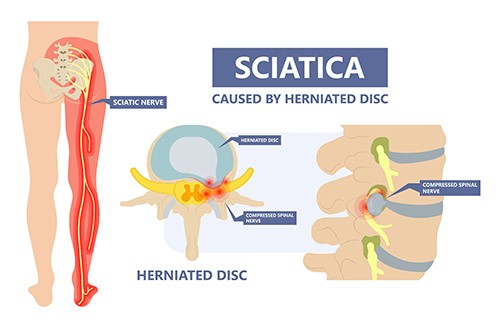Many of my patients present with numbness and tingling in their arms and or legs. With older patients especially this can be very disconcerting to them and often hard for them to pinpoint a cause. There are many reasons that you might be suffering from this, but a very common one is spinal stenosis
What exactly is spinal stenosis?
Spinal stenosis is a narrowing of the spaces within your spine, which can put pressure on the nerves that travel through the spine. Spinal stenosis occurs most often in the lower back and the neck. This process can occur within the spinal canal (where the spinal cord runs down the center) and/or in the intervertebral foramina where spinal nerves exit the spinal canal. There are two types of spinal stenosis according to where the condition occurs. The most common form of spinal stenosis is lumbar stenosis in your lower back. Cervical stenosis as well occurs in the part of the spine in your neck. Spinal stenosis is most commonly caused by wear-and-tear changes in the spine related to osteoarthritis.
Symptoms of stenosis
Symptoms often vary from person to person. Some may not feel any symptoms compared to others whose symptoms have worsened.
- Numbness or tingling in a hand, arm, foot or leg
- Weakness in a hand, arm, foot or leg
- Issues with walking and balance
- Sciatica
- Neck pain
- Back pain

What is Sciatica?
Sciatica is nerve pain from an injury or irritation to the sciatic nerve, which originates in your buttock/gluteal area. The pain is caused by an irritation, inflammation, pinching or compression of a nerve in the lower back. The sciatic nerve is also the longest and thickest nerve in the body. Sciatica most commonly occurs when a herniated disk, bone spur on the spine or narrowing of the spine (spinal stenosis) compresses part of the nerve. This causes inflammation, pain and often some numbness in the affected leg. If you have sciatica, you experience mild to severe pain anywhere along the path of the sciatic nerve

What is the link between spinal stenosis and sciatic?
Once the space between the vertebrae narrows, also called stenosis, the vertebrae can put pressure on the sciatic nerve causing pain and numbness down one leg, also called sciatica. Spinal stenosis and sciatica both involve the spinal column, vertebrae, and nerves. Sciatica is a symptom of spinal stenosis, but not all individuals with spinal stenosis will suffer from sciatica. Spinal stenosis can cause sciatica pain when the sciatic nerve root is irritated or impinged by the narrowing of the nerve’s passageway. Treatment methods for sciatica and spinal stenosis are similar and include physical therapy, pain medication, and sometimes surgery.
What are the treatment options for Spinal Stenosis?
One of my patients went to three specialists for spinal stenosis, one told him he needed surgery, another told him he needed injections. and the third a Musco-skeletal specialist told him neither of those work with his specific condition which combined stenosis and scoliosis and he needed to use Chiropractic, physical therapy, massage with cold and heat, and acupuncture.
So, some non-surgical treatment options include:
- Chiropractic
- Physical therapy
- Massage Therapy
- Steroid injections
- Acupuncture
Trust Zock Family Chiropractic for treatment
It is oftentimes important to have a variety of opinions on what will work when you are having these troubling symptoms. At Zock Family Chiropractic, we will gladly review your specific condition including the review of any X-rays and or MRI results that you have and offer you our advice on the right treatment for your specific set of conditions and your body. Contact us today for an appointement.
* This information has not been evaluated by the Food and Drug Administration. This information is not intended to diagnose, treat, cure, or prevent any disease. Please contact a medical professional for advice.
